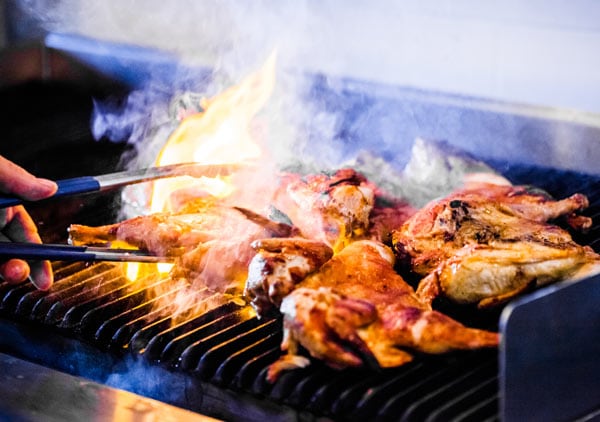
#18,021
While the extent of the spread in cattle remains unknown, 3 days ago the New York Times carried an article (see Scientists Fault Federal Response to Bird Flu Outbreaks on Dairy Farms) where they cite (so far, unverified) reports of positive tests from asymptomatic cattle in North Carolina.
Testing by the USDA of cattle has remained both limited and voluntary, and has so far only been recommended for symptomatic dairy cows (see APHIS/USDA Updated FAQ On Detection of HPAI (H5N1) in Dairy Herds).
This `don't test, don't tell' policy apparently extends to pigs as well, despite ongoing concerns that HPAI could find a home in swine herds (see EID Journal: Divergent Pathogenesis and Transmission of Highly Pathogenic Avian Influenza A(H5N1) in Swine).
An excellent overview by Jon Cohen in Science yesterday (see U.S. government in hot seat for response to growing cow flu outbreak) describes the parsimonious release of information by the U.S. government, along with the limited evidence on the effectiveness of standard pasteurization in deactivating the virus.
- Whole cuts of beef, veal, lamb, and pork, including fresh ham: 145°F
- Ground meats, such as beef and pork: 160°F
- All poultry, including ground chicken and turkey: 165°F
Transmission
The most common way for the virus to enter a territory is through migratory wild birds. The main risk factor for transmission from birds to humans is direct or indirect contact with infected animals or with environments and surfaces contaminated by feces. Plucking, handling infected poultry carcasses, and preparing poultry for consumption, especially in domestic settings, may also be risk factors.
In Asia, more than a few human HPAI H5 infections have been linked to preparing and cooking poultry. Although it gets mentioned, far more attention needs to be paid to safe food handling practices in this time of HPAI.
While I fully understand the USDA's desire to reassure the public about the safety of the food supply - doing so while slow rolling the release of information is a risky strategy.
Particularly when dealing with a virus with a history of repeatedly doing the unexpected.
